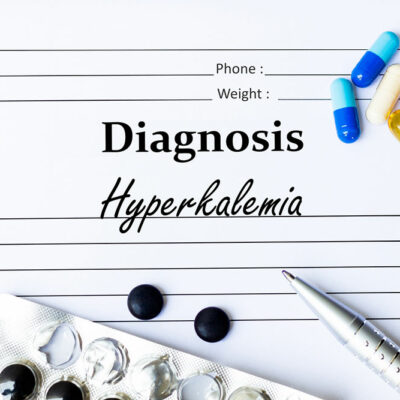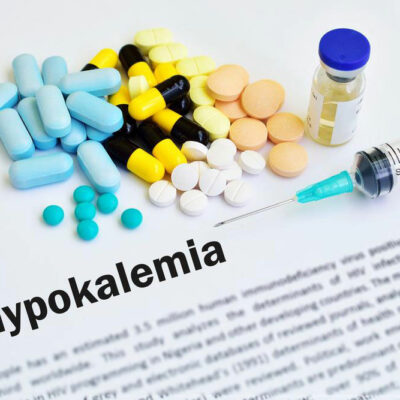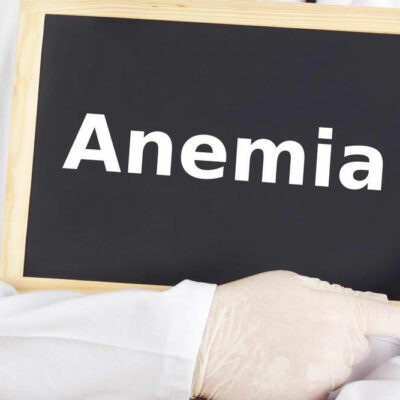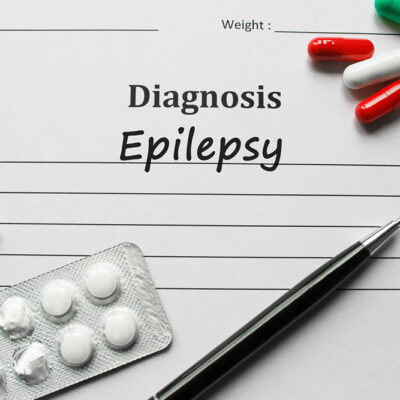
Blood Conditions
Causes and types of hemophillia
In medical terms, hemophilia is considered an inherited disorder rather than a disease. This disorder disables the body from forming blood clots, thereby causing exaggerated bleeding. Hemophilia is usually used by medical professionals to address both its types, namely, hemophilia A and hemophilia B. Although they are both addressed as one, doctors distinguish between them by learning about the mutation in a specific gene that causes hemophilia A or B. Though hemophilia can affect both genders, it is often more common among men as both hemophilia A and B are inherited in the X-linked genetic pattern. Hemophilia is also described as one of the most common X-linked genetic diseases. Hemophilia A and B As mentioned earlier, there are two kinds of hemophilia, A and B. Before understanding the difference between the two, it is important to learn that there are multiple factors in the blood that allow it to form a blood clot in cases of an open wound bleeding. Each factor is numbered by medical professionals for better understanding. The lack of any one factor, usually either factor VIII or factor IX, can cause either of the two kinds of hemophilia. Hemophilia A : This is the most common kind of hemophilia among people.
Read More 












